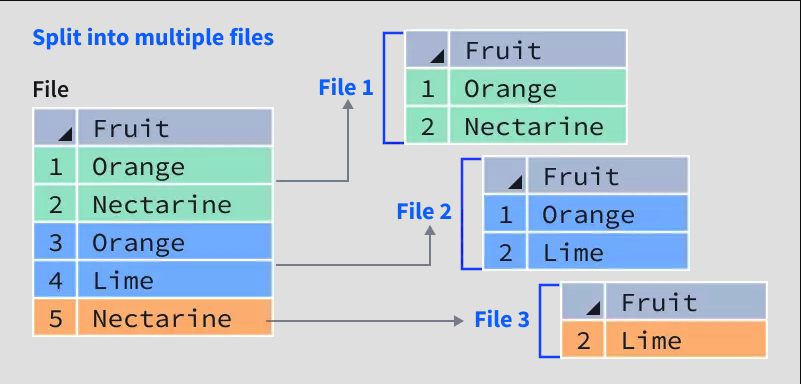Managing large CSV files can be challenging; it might slow down scripts or web applications or cause spreadsheet software to fail. This is resolved by a CSV File Splitting Service, which enables you to split large datasets into smaller, easier-to-manage portions.
Why Split a CSV File?
How It Works
You can upload your file to these sites and select how to split it:
Once complete, you can download the smaller files, ready to use, send, or import.
Real Example: Split CSV by ExtendsClass
One example of a free tool is ExtendsClass CSV Splitter. It allows users to upload a CSV file, define the number of rows per output file, and instantly split the file in the browser. No signup, fast results.
This is perfect for:
A CSV splitting service like this helps users save time, reduce errors, and maintain clean and efficient data workflows.
Why Split a CSV File?
- Editing in Google Sheets or Excel is simpler.
- Quicker script or application processing
- Improved arrangement for sharing or analysis
- Avoid upload or software restrictions.
How It Works
You can upload your file to these sites and select how to split it:
- By row count (e.g., every 10,000 rows)
- By column values (e.g., group by product category)
- By file size (e.g., keep each file under 10MB)
Once complete, you can download the smaller files, ready to use, send, or import.
Real Example: Split CSV by ExtendsClass
One example of a free tool is ExtendsClass CSV Splitter. It allows users to upload a CSV file, define the number of rows per output file, and instantly split the file in the browser. No signup, fast results.
This is perfect for:
- E-commerce product exports
- Customer or order data segmentation
- Data imports into apps with row limits
- Developers working with test datasets
A CSV splitting service like this helps users save time, reduce errors, and maintain clean and efficient data workflows.
